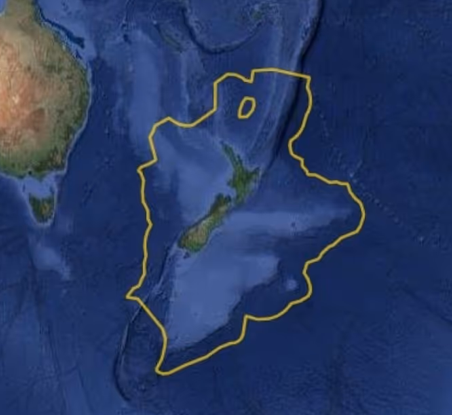SpaceX is preparing for its 100th launch of 2025 today, August 7, with a Falcon 9 mission carrying 24 satellites for Amazon’s Project Kuiper internet constellation.
Launch Time and How to Watch
The Falcon 9 rocket is scheduled to lift off from Cape Canaveral Space Force Station in Florida. The 27-minute launch window opens at 10:01 a.m. EDT (1401 GMT).
SpaceX will stream the event live on its official website and on its X (formerly Twitter) account. The broadcast will begin about 15 minutes before liftoff.
SpaceX Launch Stats for 2025
This mission will be Falcon 9’s 97th flight this year. Alongside three Starship suborbital test missions, today’s launch will bring SpaceX’s total to 100 missions in 2025.
The company is on track to hit 165 launches by the end of the year, which would break its 2024 record of 138 launches.
Breakdown of 2024 Launches:
- 132 Falcon 9 missions
- 2 Falcon Heavy missions
- 4 Starship test flights
Starlink vs. Project Kuiper
Over 70% of Falcon 9 launches this year have supported Starlink, SpaceX’s growing broadband satellite network. Starlink now includes over 8,100 active satellites in low Earth orbit (LEO).
Meanwhile, Amazon’s Project Kuiper is in its early stages. Today’s launch will be only the fourth for Kuiper, increasing its total satellite count to 102.
Amazon Plans Big Expansion
Amazon plans to launch over 3,200 satellites using more than 80 rocket launches in the coming years. Rockets from various providers will be used, including:
- Falcon 9 (SpaceX)
- Ariane 6 (Arianespace)
- New Glenn (Blue Origin)
- Atlas V and Vulcan Centaur (ULA)
Rocket Reusability and Landing Plan
Today’s mission will use a brand-new Falcon 9 booster—a rare move for SpaceX, which usually reuses its rockets. Their most-flown Falcon 9 has completed 29 missions.
After launch, the booster will attempt to land on the drone ship “A Shortfall of Gravitas” in the Atlantic Ocean, about 8.5 minutes after liftoff.
Satellite Deployment Timeline
The second stage of the Falcon 9 will carry the 24 Kuiper satellites into orbit. Deployment will begin approximately 56 minutes after liftoff and continue over a 7.5-minute period.


